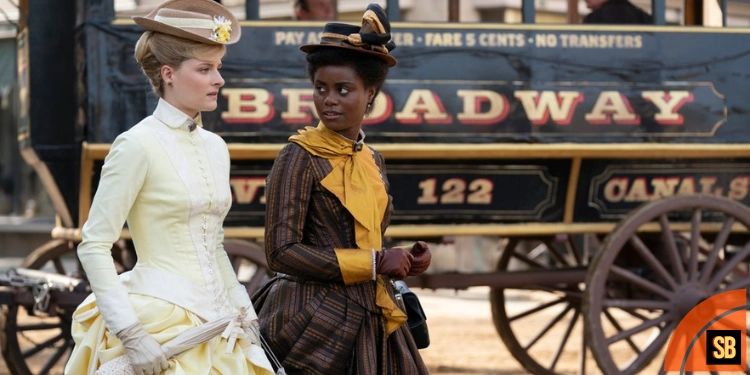As we dive deeper into the world of Julian Fellowes’ latest work, we can’t help but think: who in this gorgeous drama actually walked the streets of New York in the 1880s? Let’s take a trip down memory lane and explore The Gilded Age’s fictionalized history to uncover the stories behind the characters who used to grace the elite circles of New York society.
Mrs. Astor: The Society Maven
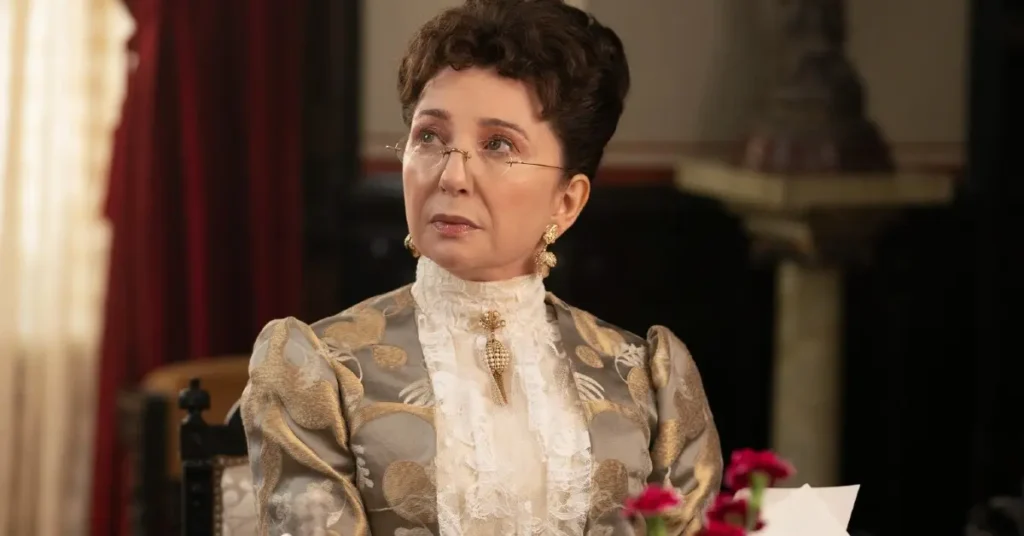
At the heart of The Gilded Age‘s social hierarchy stands Mrs. Caroline Astor, portrayed with finesse by Donna Murphy. Known as the unofficial leader of the elite, Mrs. Astor’s character draws inspiration from the real-life Caroline Webster Schermerhorn Astor. Astor wielded immense influence over New York society during this time, orchestrating lavish balls and exclusive gatherings to maintain the old guard’s dominance. The show mirrors history by pitting her against the ambitious Bertha Russell, a role once played by Alva Vanderbilt, showcasing the clash between established families and the rising tide of new money.
Ward McCallister: The Gatekeeper to High Society
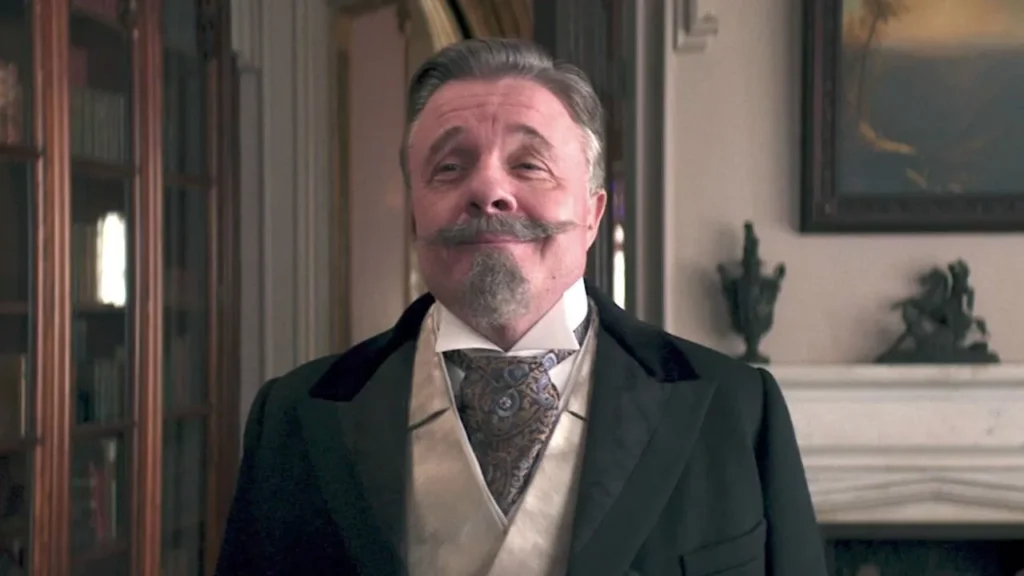
Nathan Lane brings to life Ward McCallister, a pivotal character in The Gilded Age who serves as Mrs. Astor’s faithful companion. In reality, McCallister was a prominent figure who coined the term “the four hundred” to describe New York’s elite. A Southern man with influence, he played a role similar to his fictional counterpart in Newport during the 1880s. The show’s creators delve into history, weaving McCallister seamlessly into the narrative, where his approval becomes a key stepping stone for Bertha Russell’s ascent in society.
T. Thomas Fortune: A Voice for Change
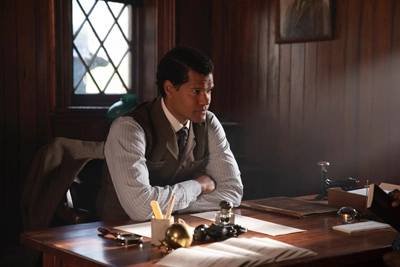
In a delightful subplot, we encounter T. Thomas Fortune, the editor for the New York Globe, portrayed by Sullivan Jones. Fortune’s character aligns with the real historical figure, a vocal advocate for civil rights who played a crucial role in founding the Afro-American League. The Gilded Age‘s inclusion of Fortune, although perhaps not a household name, adds depth to the storyline, showcasing the diversity of characters and their contributions to the societal landscape.
Mamie Fish: Eccentricity Beyond Fiction
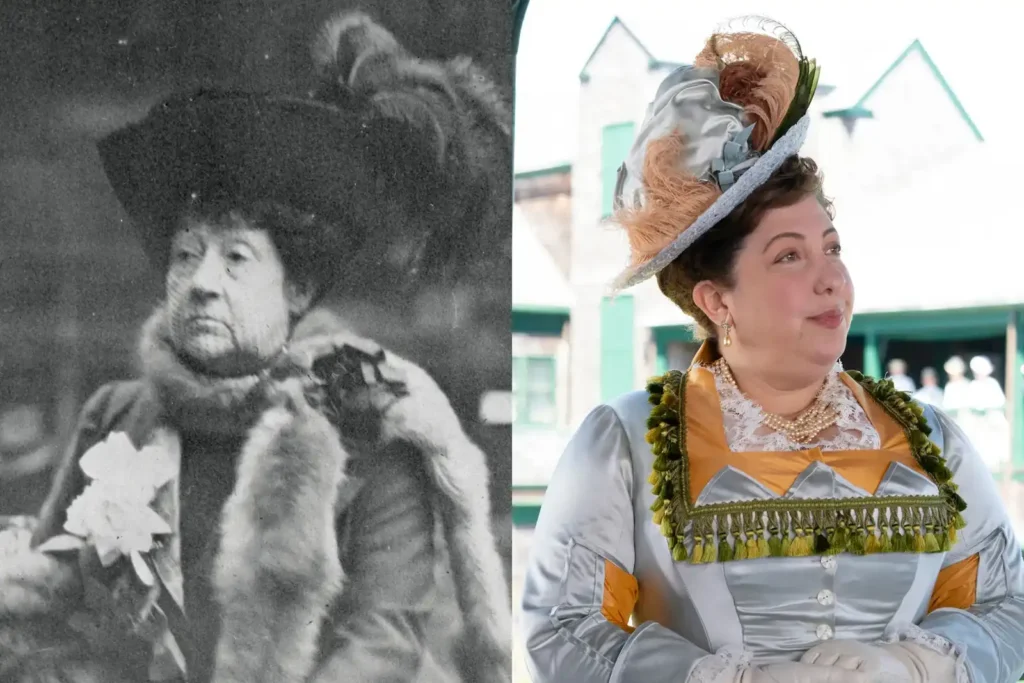
Enter Mamie Fish, portrayed by Ashlie Atkinson, a character known for her eccentric parties and quirky demeanor. The Gilded Age introduces us to a woman whose uniqueness is not a product of fiction; Mamie Fish was a real societal figure celebrated for her sarcastic humor and extravagant gatherings. Despite her limited appearances in the show, Mamie Fish becomes a charming reflection of the genuine quirks that dotted high society during the Gilded Age.
Clara Barton: Beyond the Battlefield
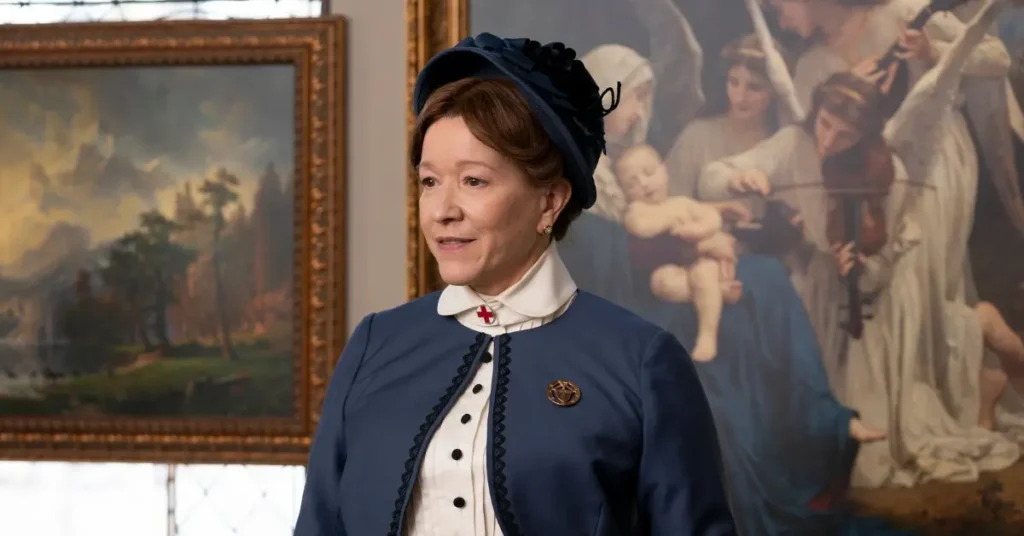
Linda Emond brings Clara Barton to life in The Gilded Age, showcasing a different facet of the renowned humanitarian. While historical records primarily focus on Barton’s role as the “angel of the battlefield” and founder of the Red Cross, the show delves into her political side. The inclusion of Barton in the series highlights the creators’ attention to detail, portraying her diplomatic and inclusive nature as she navigates societal constructs in pursuit of her mission to expand the Red Cross.
Stanford White: Architectural Brilliance with a Dark Legacy
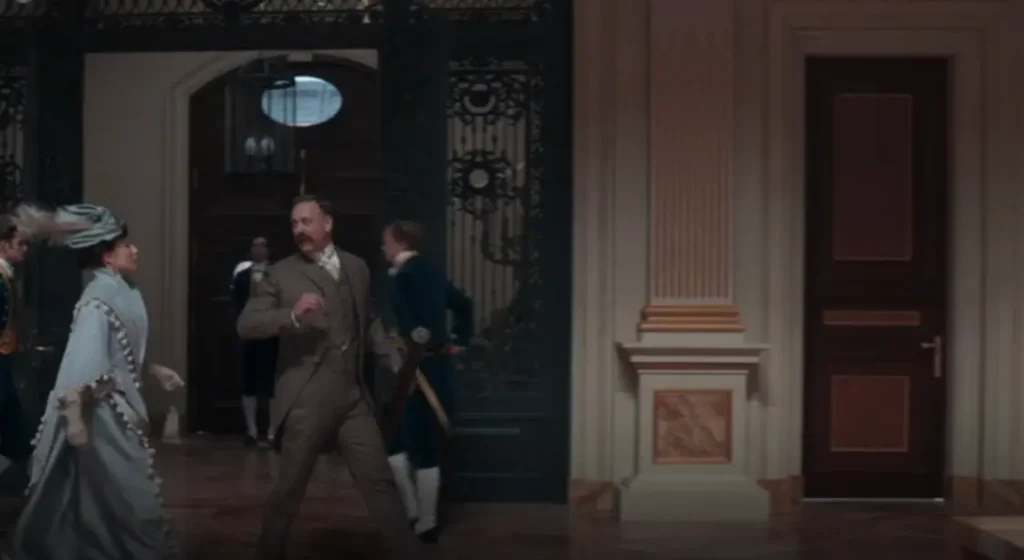
John Sanders embodies Stanford White, the architect behind the Russells’ extravagant home. In reality, White founded the prestigious architectural firm McKim, Mead, & White, leaving an indelible mark on the country’s architectural landscape. The show, however, shies away from the darker aspects of White’s legacy, including his tragic end and scandalous personal life. Despite this selective portrayal, the inclusion of Stanford White adds an authentic touch to the series, showcasing the convergence of real-life brilliance with the fictional narrative.
Christina Nilsson: A Melodic Interlude
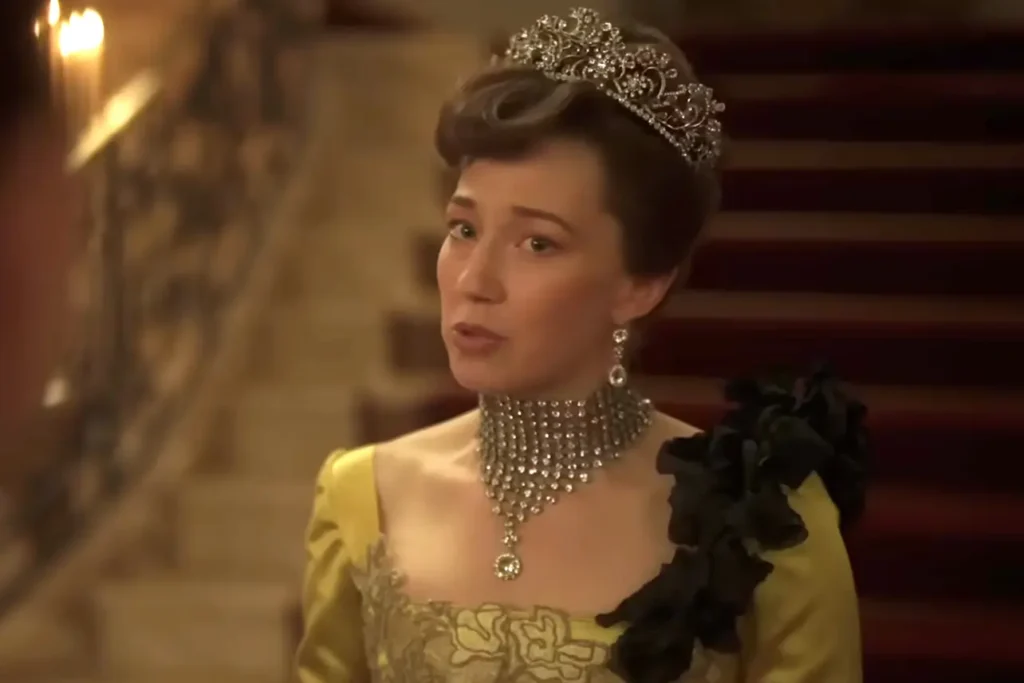
Sarah Joy Miller graces The Gilded Age as Christina Nilsson, the renowned singer who performs at Bertha Russell’s opera-themed soirée. True to history, Christina Nilsson was one of the first performers at the Metropolitan Opera House, rendering a piece from Faust during its opening season. The show’s meticulous attention to detail, even in portraying minor characters, underscores the commitment to historical accuracy.
Ending Notes
As we navigate the intricate blend of fact and fiction in The Gilded Age, it’s evident that the creators have taken great pains to infuse historical authenticity into the narrative. From the grandeur of Mrs. Astor’s soirées to the quirkiness of Mamie Fish’s gatherings, each character, whether fictional or drawn from history, contributes to the rich tapestry of Gilded Age society. So, the next time you find yourself captivated by the drama unfolding on screen, remember that behind the glittering façade lie echoes of real lives and the timeless dance between tradition and progress.












